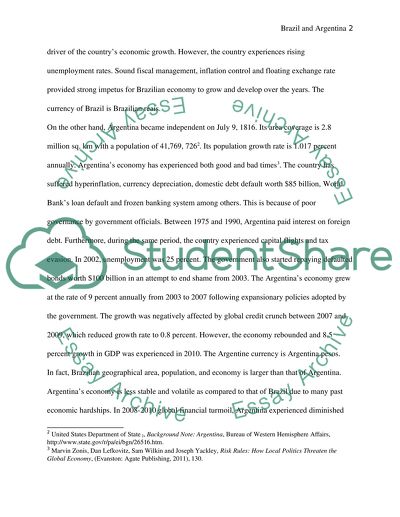Cite this document
(“Economic Comparison between Brazil and Argentina (Economic Development Term Paper”, n.d.)
Retrieved from https://studentshare.org/macro-microeconomics/1430251-economic-comparison-between-brazil-and-argentina
Retrieved from https://studentshare.org/macro-microeconomics/1430251-economic-comparison-between-brazil-and-argentina
(Economic Comparison Between Brazil and Argentina (Economic Development Term Paper)
https://studentshare.org/macro-microeconomics/1430251-economic-comparison-between-brazil-and-argentina.
https://studentshare.org/macro-microeconomics/1430251-economic-comparison-between-brazil-and-argentina.
“Economic Comparison Between Brazil and Argentina (Economic Development Term Paper”, n.d. https://studentshare.org/macro-microeconomics/1430251-economic-comparison-between-brazil-and-argentina.


